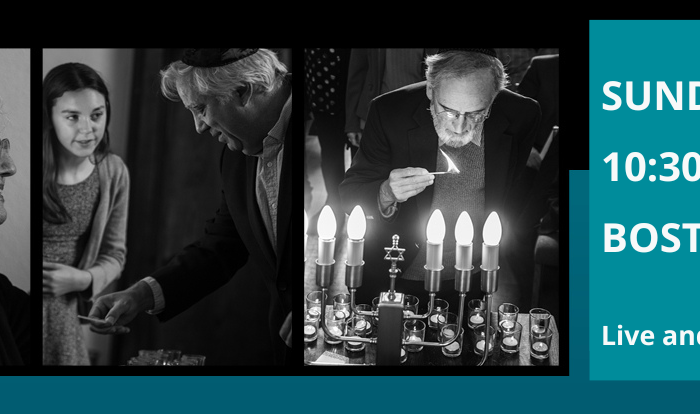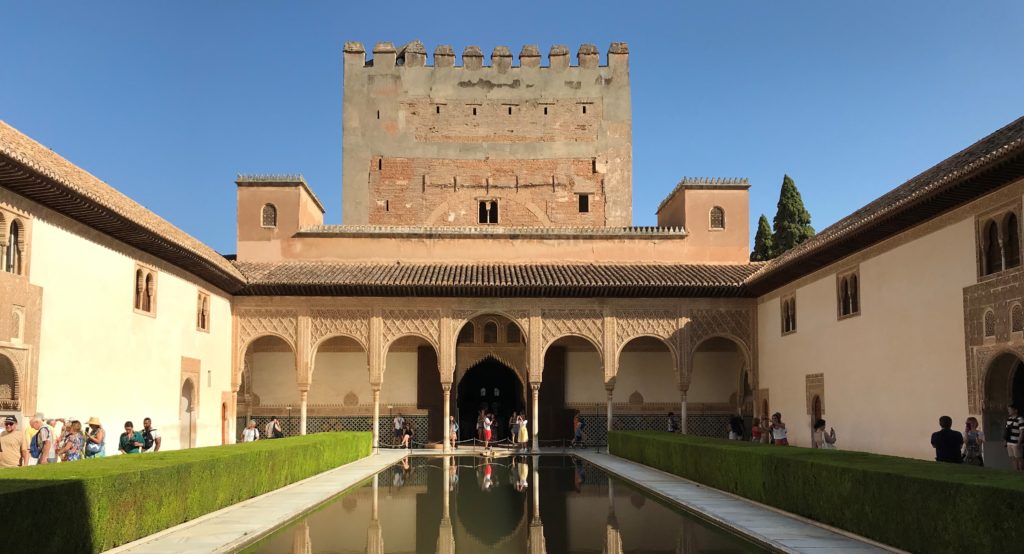Alhambra’s Chamber of Ambassadors, where the Edicto de Granada was issued on March 31, 1492, ordering the expulsion of Spain’s Jews.
This week, I returned from sabbatical. I’m so grateful to our board for this privilege and for the ability to set aside three months for reflection and reconnection outside of the doing of our work.
It was an opportunity for quiet contemplation, hiking, reading, and getting in touch with friends far afield; for stepping away from our toxic and reactive public discourse and to think about our work. In addition, this was the opportunity for me to spend a month traveling across Europe on a deeply personal journey of connection with 1,000 years of my family and my people’s history and memory.
I had amply prepared myself for a trip that took me to Poland, Hungary, Austria, and the Czech Republic; places where the most terrible horrors were visited upon our people and also where some of our greatest thinkers and communities thrived. Still, I was not prepared when, a day after an emotional visit to the Auschwitz-Birkenau death camp, I had a visceral reaction when I saw antisemitic souvenirs being openly displayed and sold in Krakow’s Old Town.
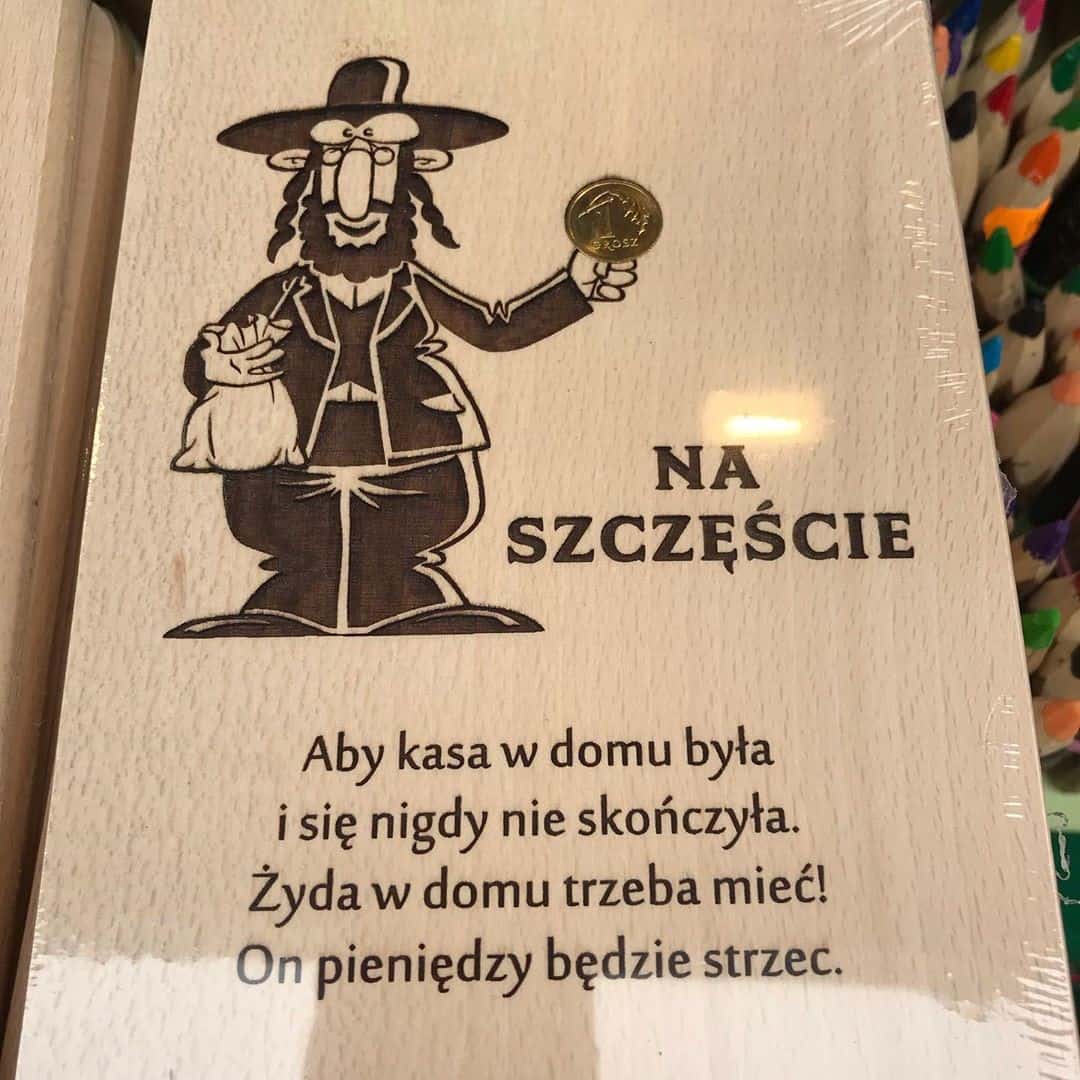
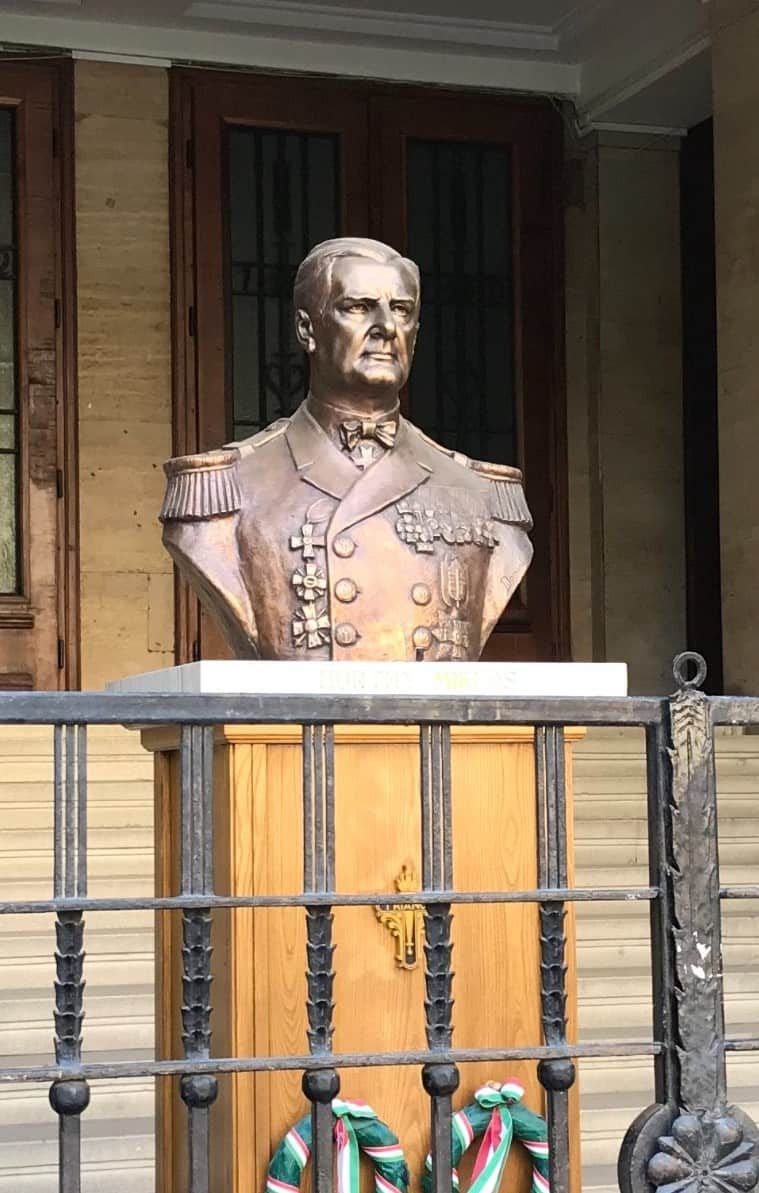
In Budapest, where the national government is rehabilitating Nazi collaborators as persons of honor, I was shaken by the reaction of my host – a member of the local Jewish community – when we came upon a newly erected bust of one such figure. And, to walk the streets of Prague is to hold the tension of a city that publicly celebrates its connection to Jewish figures like Rabbi Judah Loew (the Maharal), Franz Kafka, and Albert Einstein, while also leaving in place medieval antisemitic symbols that are, today, signature tourist destinations.
After a short break stateside, I traveled through Spain, starting in Madrid and Toledo, working my way farther “back” through Jewish history to Andalucia – through Cordoba, Sevilla, and Granada – to bear witness to the erasure of that nation’s crimes and the literal replacement of Jewish populations and spaces. It was deeply unsettling to stand in places where I could too easily imagine all that was and all that was obliterated when my own ancestors left here 500 years ago. I stood in the Alhambra’s Chamber of Ambassadors and reconjured Jewish leadership in the public sphere, awed by the courage and pain of Don Isaac Abravanel, who in 1492 stood in this very same room and raged against the Catholic Monarchs who betrayed him and his people with the expulsion edict.
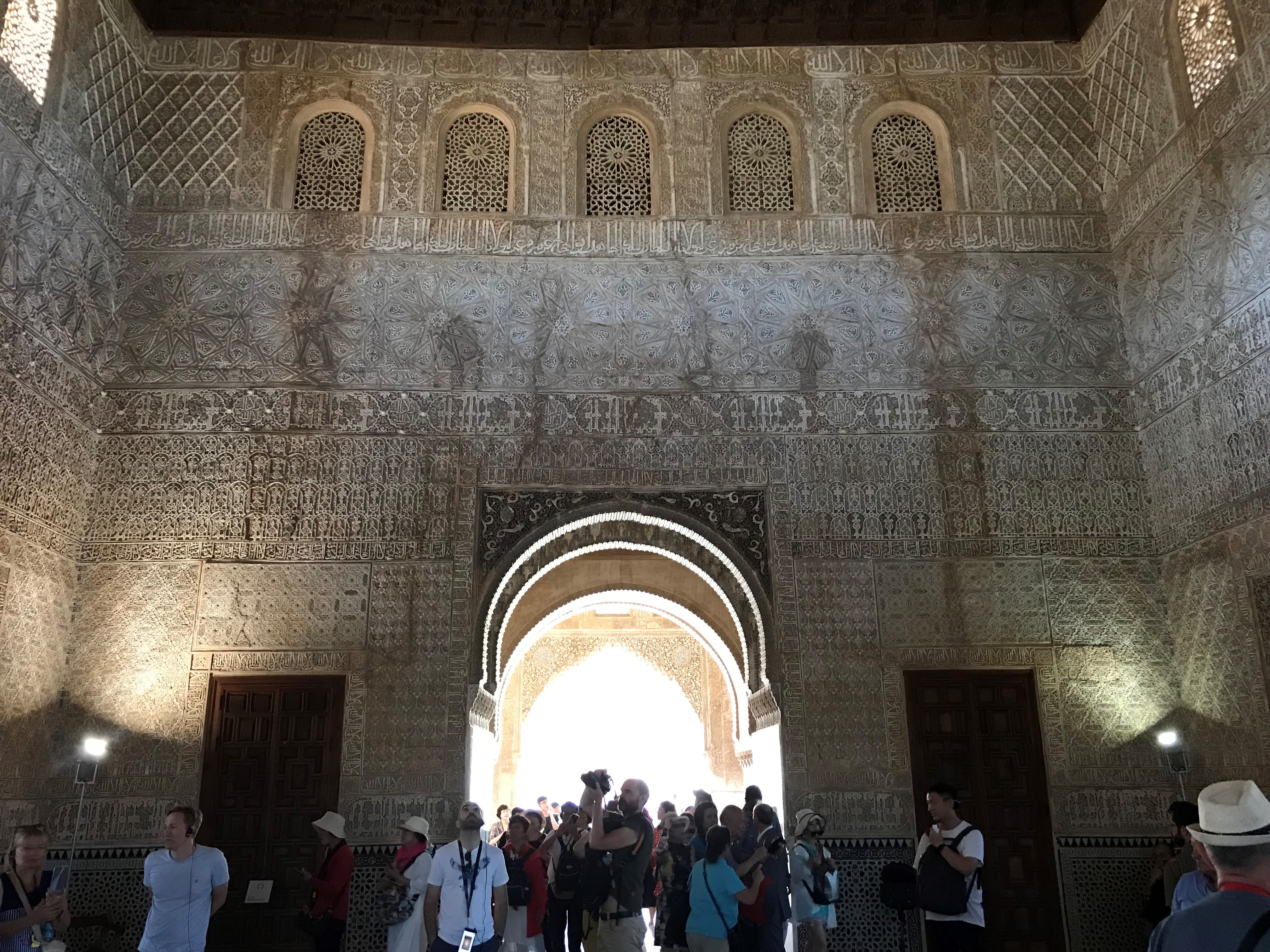
I coupled this experience with some travel in the United States to consider, compare, and contrast how our nation holds our own uncomfortable and shameful history – the experiences of African and Native Americans – as well as how we as American Jews tell our own story in our country.
Rabbi Lord Jonathan Sacks, in his commentary on the Yom Kippur service, writes that:
“There is a difference between history and memory. History is what happened: memory is our attempt to discover meaning in what happened. History focuses on the uniqueness of events; memory on their repeated patterns, the structure visible through the details, the music beneath the noise.”
This was a journey of memory, to hear the music in the story of the Jewish people; continuously striving and evolving in response to a Western Civilization that has carried anti-Jewish persecution at its center for over 1,000 years. To sit with memory is also to hear the discordant notes of the American project as a unique and imperfect experiment within Western Civilization. It is to understand how precarious the threats to Liberal Democracy are today, and, why we are called – as Jews – to protect and expand a broader commitment to an American creed as the basis of our aspirational national ideal.
And, I am reminded that none of this – the opportunity to do this work, and the opportunity to truly step away for an extended period – would be possible without the amazing trust and support of partners. Most especially I thank our Deputy Director Nahma Nadich, my partner in thinking and action every day, who so ably led JCRC in my absence. I – and our community – are the beneficiaries of her leadership and her wisdom.
I return with too many memories and observations to adequately describe them all in one post. I hope to share more with you in the weeks and months ahead. But for now, I would add that to listen to memory is to be renewed in my own passion for the work we do and my sense of purpose in doing it. And, it is to be reminded of who I need to be in order to focus on the important and enduring challenges I want to help our community meet.
I look forward to hearing from you. Together it is our task to compose the next movement in our collective symphony, one in which we continue to thrive as we work together with our neighbors to meet the challenges of our time.
Shabbat Shalom,
Jeremy

